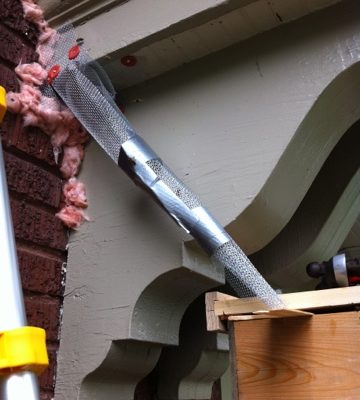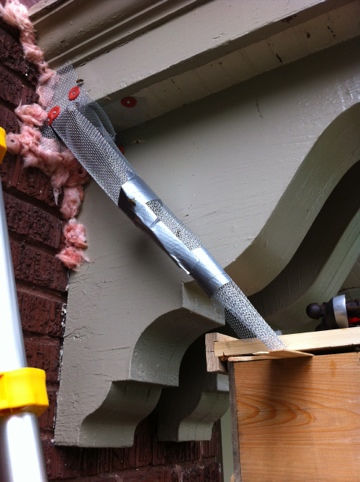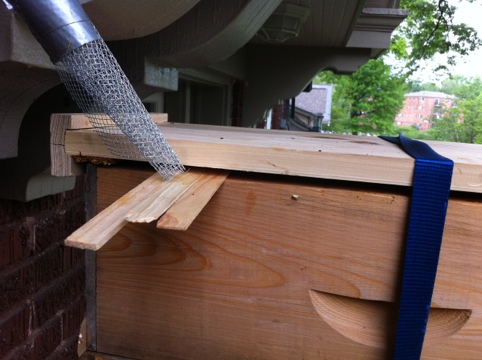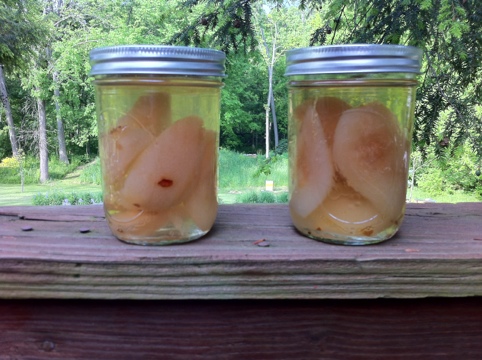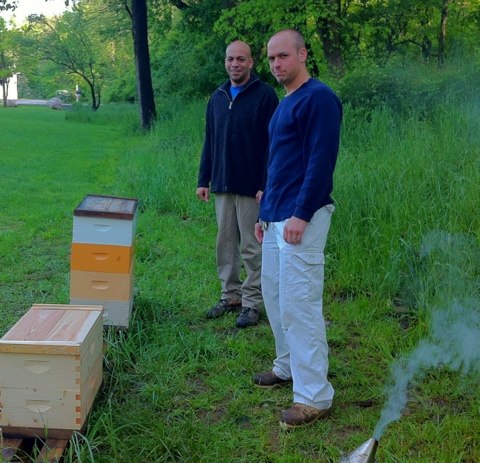In the Month of May
BY ROBERT BLY
In the month of May when all leaves open,
I see when I walk how well all things
lean on each other, how the bees work,
the fish make their living the first day.
Monarchs fly high; then I understand
I love you with what in me is unfinished.
I love you with what in me is still
changing, what has no head or arms
or legs, what has not found its body.
And why shouldn’t the miraculous,
caught on this earth, visit
the old man alone in his hut?
And why shouldn’t Gabriel, who loves honey,
be fed with our own radishes and walnuts?
And lovers, tough ones, how many there are
whose holy bodies are not yet born.
Along the roads, I see so many places
I would like us to spend the night.

